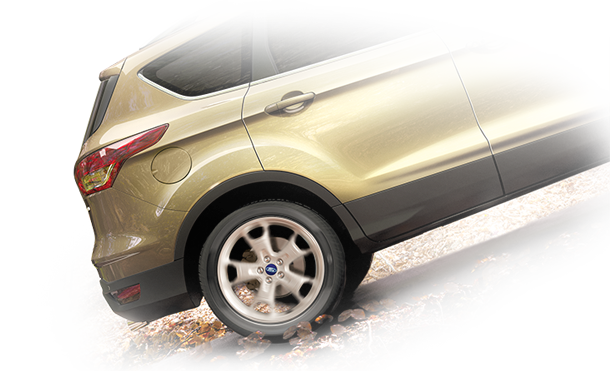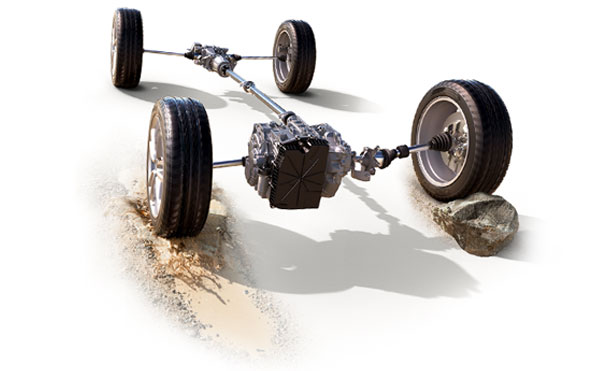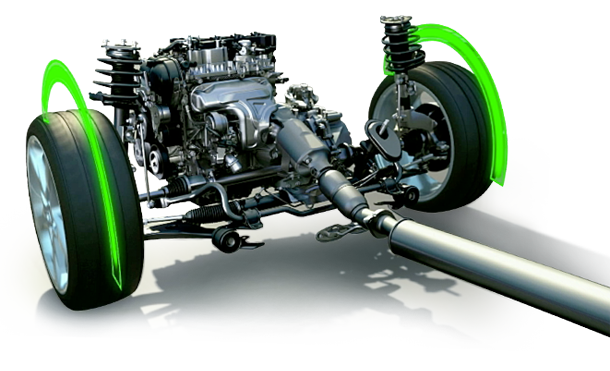ELECTRONIC STABILITY CONTROL (ESC)
Your safety drives a lot of our thinking. As roads get busier, the need to make sudden manoeuvres to avoid an accident is increasing. ESC is designed to help prevent skidding or sliding sideways when taking evasive action or in bad conditions.

Staying on track
- ESC monitors your vehicle’s behaviour, taking into account the steering angle, acceleration and yaw sensors, and automatically applies braking to individual wheels if it detects under or oversteering.
- ESC is composed of some or all of the following safety features, depending on the model.


Traction Control & ABS
- This adjusts engine power (torque) to the drive wheels to help maximise the traction or grip they have on slippery or loose driving surfaces at any speed. Brake pressure is also applied in certain conditions.
- Anti-Lock Braking System (ABS) prevents your wheels from locking when you have to brake suddenly.
- ABS electronically ‘pumps’ the brakes several times per second when sensors detect the wheels locking to modulate brake pressure.
Electronic Brake force Distribution (EBD)
- Automatically balances the amount of brake force between the front and rear wheels before ABS becomes active, if your rear wheels lock.
- It also optimises brake performance by adapting brake force under different loads, whether it’s extra passengers, lots of cargo or both.


Brake Assist
- Detects when you’ve hit the brakes suddenly but not hard enough to come to a fast stop.
- It then applies the pressure needed to the brakes to maximise speed reduction and help reduce the stopping distance.
- Once you release the brake pedal, normal braking mode is restored.
Did you know?
A number of driving features, such as Adaptive Cruise Control and Torque Vectoring Control, are possible because they utilise the ESC features.










